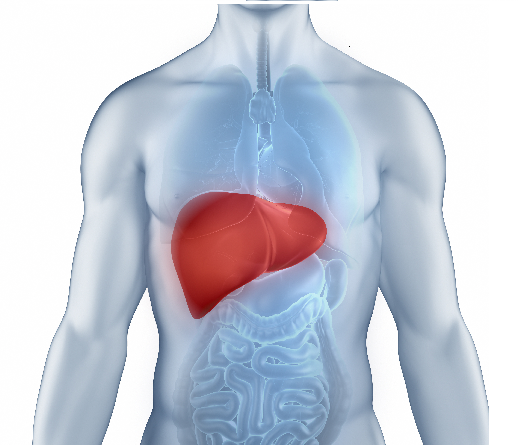Systemic Lupus Erythematosus (SLE): Causes, Symptoms, Diagnosis
What is Lupus?
Lupus, also known as systemic lupus erythematosus (SLE), is a chronic autoimmune disease that can affect multiple organs and tissues in the body. In autoimmune diseases like lupus, the body’s immune system mistakenly attacks healthy tissues, causing inflammation, pain, and damage. Lupus can affect many parts of the body, including the skin, joints, kidneys, heart, lungs, and brain.
What causes Lupus?
While the exact cause of lupus disease is not completely known, it is believed to result from a combination of both genetic and environmental factors. Here are some factors that may contribute to the development of lupus:
- Genetics: There appears to be a genetic component to lupus, as it often runs in families. Certain genes have been linked to an increased risk of developing lupus.
- Hormones: Lupus disease is more common in women than men, and it often develops or flares up during times of hormonal change, such as puberty, pregnancy, and menopause.
- Environmental triggers: Certain environmental factors, such as exposure to sunlight, infections, and certain medications, may trigger or worsen lupus symptoms.
- Immune system dysfunction: Lupus is classified as an autoimmune disease because the immune system mistakenly attacks healthy tissues in the body. Researchers believe that abnormalities in the immune system may play a role in the development of lupus.
What are the Symptoms of Lupus?
Lupus, or systemic lupus erythematosus (SLE), can cause a wide range of symptoms that can vary widely from person to person. Some of the most common lupus symptoms include:
- Fatigue: Many people with lupus experience chronic fatigue, which can be severe and debilitating.
- Joint pain and stiffness: Lupus disease can cause inflammation in the joints, leading to pain, stiffness, and swelling.
- Skin rashes: A butterfly-shaped rash on the face (called a malar rash) is a classic symptom of lupus. Other types of skin rashes or lesions may also occur.
- Sensitivity to sunlight: Many people with lupus experience increased sensitivity to sunlight, which can trigger or worsen symptoms.
- Fever: Lupus can cause a low-grade fever that comes and goes.
- Kidney problems: Lupus can cause inflammation in the kidneys, leading to kidney damage or failure if left untreated.
- Raynaud’s phenomenon: This is a condition in which the fingers and toes become cold and numb in response to cold or stress.
- Mouth sores: Lupus can cause sores or ulcers in the mouth or nose.
- Chest pain: Lupus can cause inflammation in the lining of the heart or lungs, leading to chest pain or discomfort.
- Cognitive problems: Some people with lupus experience cognitive problems, such as difficulty concentrating or memory loss.
How is Lupus Diagnosed?
Lupus, or systemic lupus erythematosus (SLE), can be challenging to diagnose because it can cause a wide range of symptoms that can mimic other conditions. There is no single test that can definitively diagnose lupus, so healthcare professionals often use a combination of tests and evaluations to make a diagnosis. Here are some of the tests and evaluations that may be used to diagnose lupus:
- Physical exam: A healthcare provider will perform a thorough physical exam, including looking for characteristic skin rashes and examining joints for signs of inflammation.
- Blood tests: Blood tests can detect certain antibodies and proteins that are commonly present in people with lupus, such as antinuclear antibodies (ANA), anti-double-stranded DNA (anti-dsDNA) antibodies, and anti-Smith (anti-Sm) antibodies.
- Urine tests: Urine tests can detect signs of kidney inflammation or damage, which can be a complication of lupus.
- Imaging studies: Imaging studies, such as X-rays, ultrasound, or MRI, may be used to examine internal organs for signs of inflammation or damage.
- Biopsy: A biopsy involves taking a small sample of tissue from an affected organ, such as the skin or kidney, to examine it for signs of inflammation or damage.
How is Lupus Treated?
Lupus, or systemic lupus erythematosus (SLE), is a chronic condition that currently has no cure. However, there are treatments available to help manage symptoms, prevent flare-ups, and minimize the risk of complications.
Frequently Asked Questions
1. What is the main cause of Lupus?
Lupus is believed to be caused by a combination of genetic, environmental, and hormonal factors that lead to dysfunction of the immune system, resulting in inflammation and damage to healthy tissues and organs.
2. What are the symptoms of Lupus?
The symptoms of lupus can vary widely, but may include fatigue, joint pain, skin rashes, fever, and organ damage.
3. What is Lupus Nephritis?
In Lupus nephritis, the immune system attacks the kidneys, causing inflammation and damage to the tissues and structures within the kidneys. This can result in symptoms such as blood or protein in the urine, high blood pressure, swelling in the legs or ankles, and reduced kidney function.
4. Can lupus be prevented?
There is no known way to prevent lupus, but taking steps to maintain a healthy lifestyle and avoiding triggers that can worsen symptoms may help reduce the risk of flare-ups.
Disclaimer:
This blog is for informational purposes only and should not be construed as advice or as a substitute for consulting a physician. It is not a substitute for medical advice or treatment from a healthcare professional.














